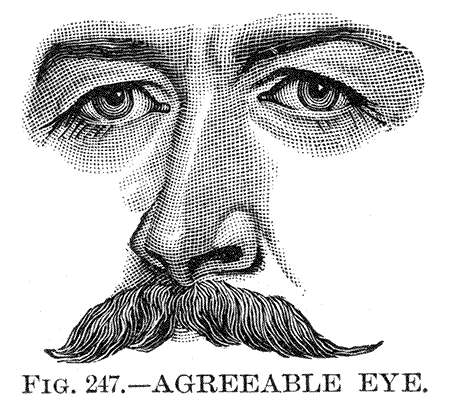Periplus
From Francis Yates’s The Rosicrucian Enlightenment (p. 202):
The years of peaceful life in his native country came to an end for Comenius with the defeat of Frederick at the Battle of the White Mountain in 1620 which meant, for Bohemia, the suppression of the national religion. The Bohemian Brethren were proscribed. In 1621 the little town where Comenius lived was captured by Spanish troops. His house was burned down and he lost his library and manuscripts. He fled…
Which brings to mind Cicero’s treatise de gloria, written during the last year of his life, of which only fragments remain. The poet (and personality) Petrarch had a copy of the de gloria, which was rare even in his day; he lent it to an acquaintance, who never returned it. Petrarch was not best pleased. But the acquaintance, too, had disappeared along with the manuscript.
While he was busy composing the de gloria, Cicero also wrote a work on friendship, the Laelius (or de amicitia). Of course, Cicero had always idealized the friendship between Laelius and that famous Scipio, even going so far as to suggest to Pompey that they (Pompey and Cicero), might play those parts again for the salvation of the Republic — Cicero as Laelius to Pompey’s Scipio. Scipio wept, though, at the destruction of Carthage, and quoted sad lines from the Iliad; Pompey was not so sentimental — or patriotic.
Delenda est Carthago! Another patriot, Cato. Those were the good old days, the glory days of butchery and brutality, before those millions of sesterces from the east flooded Rome with luxury and indolence. In those days, they worried about figs rather than tributes. The curia was just three days’ smooth sailing from Carthage, the figs still fresh. Though everyone knew Carthaginian figs were a successful transplant to Italy; Cato the censor grew them in his garden…
Quoth Pistol: ‘A figo for thy friendship … the fig of Spain!’ (III.6)
